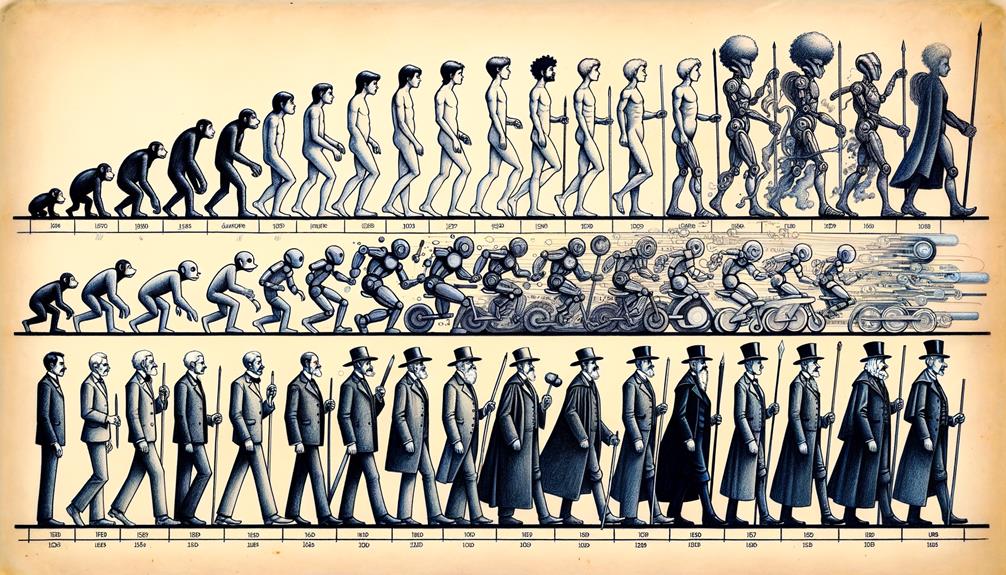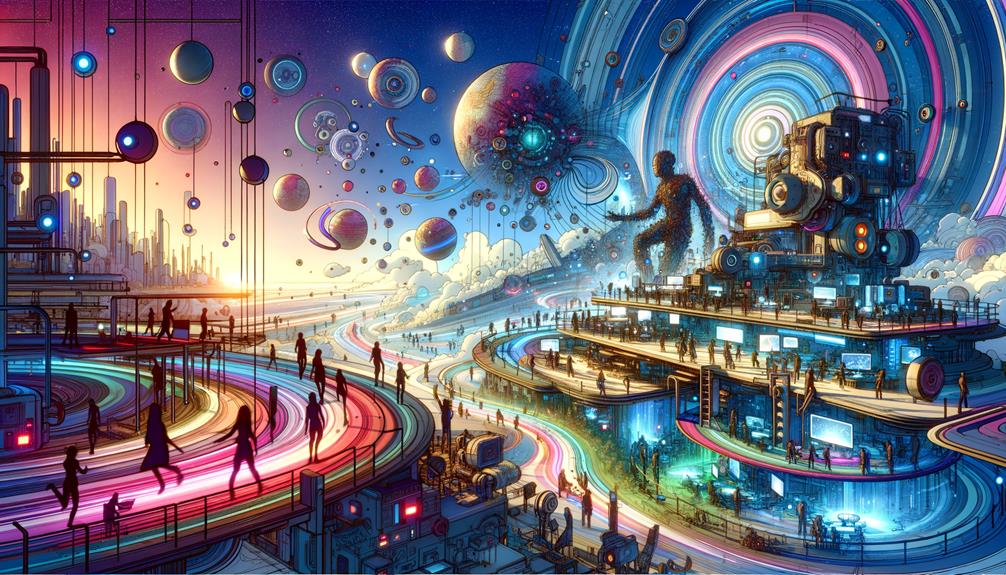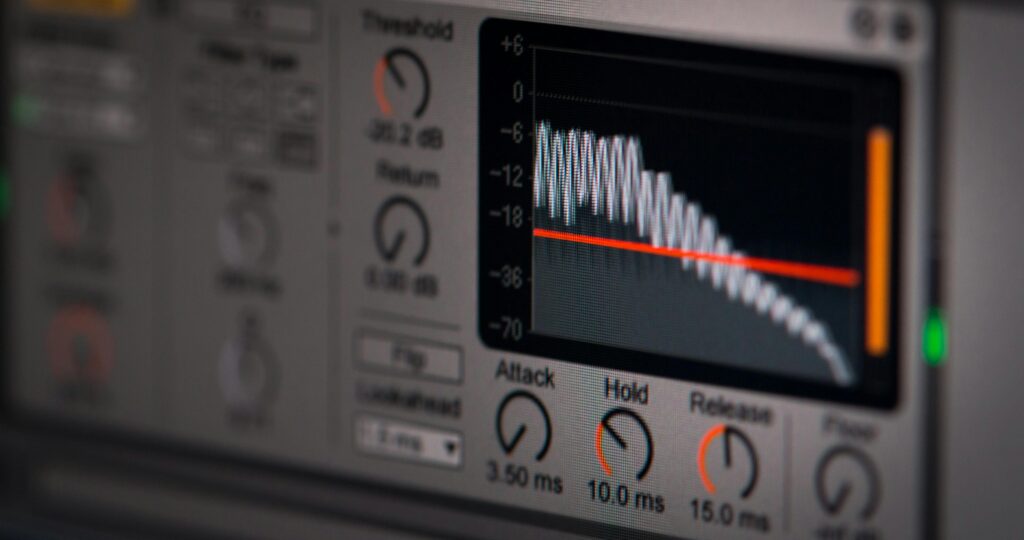Though some may argue that 2.5D animation is simply a gimmick, I’ve come to appreciate its nuanced role in enriching visual storytelling. This technique, which masterfully combines the simplicity of 2D animation with the depth of 3D, creates an engaging experience that neither form can achieve alone.
My exploration into its origins, from the innovative Japanese arcades to its impact on modern cinematic techniques, has revealed a fascinating evolution. What intrigues me most is how 2.5D animation continues to shape our perception of narratives, offering a unique space where imagination meets reality.
Let’s embark on a journey to uncover how this blend of dimensions transforms the ordinary into the extraordinary.
Key Takeaways
- 2.5D animation merges 2D flatness with 3D depth, offering a unique visual storytelling technique.
- It emerged in Japan in the 1970s, evolving from video game development.
- This animation style is versatile, used in video games, films, TV, and advertising for enhanced depth and immersion.
- The creation process requires integrating 2D elements in 3D spaces, demanding both technical skill and artistic vision.
Origins and Evolution

Emerging amidst the technological and cultural renaissance of post-war Japan in the 1970s, 2.5D animation revolutionized visual storytelling by harmoniously blending 2D and 3D techniques to introduce an unprecedented depth and perspective.
This innovative animation technique cleverly utilized parallax and axonometric projection to craft the illusion of depth, propelling the evolution of visual narratives beyond flat landscapes. Early video games like Interceptor and Moon Patrol were pioneers, employing this method to simulate a dynamic environment within a primarily 2D framework.
The journey of 2.5D animation through the decades showcases a relentless pursuit of blending dimensions, where creators incessantly push the boundaries to merge the best of both worlds. This evolution marks a significant chapter in the annals of animation, forever altering how stories are visualized and experienced.
Defining 2.5D Animation
Often, I find that 2.5D animation uniquely marries the flatness of 2D art with the volumetric richness of 3D models, creating a visually compelling pseudo-3D experience. This animation technique leverages a unique blend of 2D and 3D elements, positioning flat images within a three-dimensional space. The use of isometric camera angles enriches the depth, making the visuals strikingly appealing.
It’s not just about the aesthetic; this approach allows for efficiency in production without the exhaustive detail required for full 3D modeling. The outcome? A visually striking effect that captivates audiences while maintaining a balance between artistic expression and technical pragmatism. In essence, 2.5D animation offers a distinct, innovative frontier in the realm of visual storytelling.
Applications Across Media

I’ve observed that 2.5D animation thrives across diverse media, skillfully marrying artistic depth with technical precision to enhance storytelling and user engagement.
- In video games, developers leverage 2.5D to create immersive worlds that blend the nostalgic charm of 2D sprites with the dynamic environments of 3D landscapes, offering an engaging gameplay experience.
- Film and television productions utilize 2.5D animated sequences to add depth and movement, enriching visual storytelling without the full complexity of 3D animation.
- Advertising agencies adopt 2.5D animation to craft engaging commercials and explainer videos, making complex messages more accessible and memorable.
- For virtual reality (VR) platforms, 2.5D animation is pivotal in creating unique, interactive experiences that captivate users, blending the line between the digital and the real.
Creating 2.5D Animations
Creating 2.5D animations requires a seamless integration of 2D elements within a 3D space, demanding both technical skill and artistic vision to achieve the desired pseudo-3D effect. To create visually captivating content, I strategically position 2D objects in a 3D environment, using compositing software that allows for the meticulous adjustment of lighting, shadows, and perspectives.
These elements are crucial in crafting visually striking 2.5D animations that stand out. Furthermore, employing parallax effects and motion graphics enhances the depth and dynamics of the scene, making it more engaging.
This innovative approach offers the depth of 3D animation while remaining budget-friendly and faster to produce, meeting the modern audience’s desire for innovative and immersive visual experiences.
Future Trends and Examples

As we delve into the future trends of 2.5D animation, it’s clear that augmented reality (AR) and virtual reality (VR) are set to revolutionize this field by offering more immersive experiences.
- Augmented Reality (AR) and Virtual Reality (VR): These technologies are merging with 2.5D animation to create vivid, immersive environments that transcend traditional screen limitations.
- Interactive Storytelling: Utilizing advanced animation techniques, storytellers are now crafting narratives that engage audiences like never before, allowing for real-time interactions within animated worlds.
- Artificial Intelligence (AI): AI is streamlining animation processes, from generating intricate animations to enhancing creativity, aiding both traditional animators and digital artists.
- Eco-friendly Practices: The shift towards sustainable methods in animation production is promoting the use of energy-efficient software and hardware, reducing the ecological footprint of 2.5D projects.
Frequently Asked Questions
What Does 2.5d Animation Mean?
I’ve always understood 2.5D animation as a fascinating blend, merging 2D’s charm with 3D’s depth. It creates a pseudo-3D effect, adding layers and complexity without fully entering the third dimension’s domain. It’s innovatively captivating.
What Is 2.5d Animation Techniques?
I’ve explored 2.5D animation techniques, blending 2D elements in 3D spaces to craft depth without full 3D modeling. This approach merges traditional artistry with modern technology, creating visually captivating narratives that push creative boundaries.
What Are the Benefits of 2.5d Animation?
I’ve found that 2.5D animation uniquely bridges storytelling depth with cost efficiency. It’s a visually rich technique, blending elements to captivate and explain complex ideas innovatively, making it ideal for cutting-edge marketing and educational content.
What Is 2.5d Graphics?
I understand 2.5D graphics as a fusion of 2D flatness with 3D depth, creating a layered, immersive experience. It’s perfect for innovators seeking a blend of simplicity and spatial dynamics in visual storytelling.
Conclusion
Delving into the world of 2.5D animation has been like uncovering a hidden gem, blending the nostalgia of 2D with the depth of 3D into a mesmerizing dance of visuals.
Crafting these animations requires a delicate touch, marrying technology with artistry to breathe life into every scene.
As we gaze into the horizon, this enchanting art form promises to keep evolving, painting our digital canvases with stories that leap off the screen.
The future of storytelling, it seems, lies in this magical in-between.



